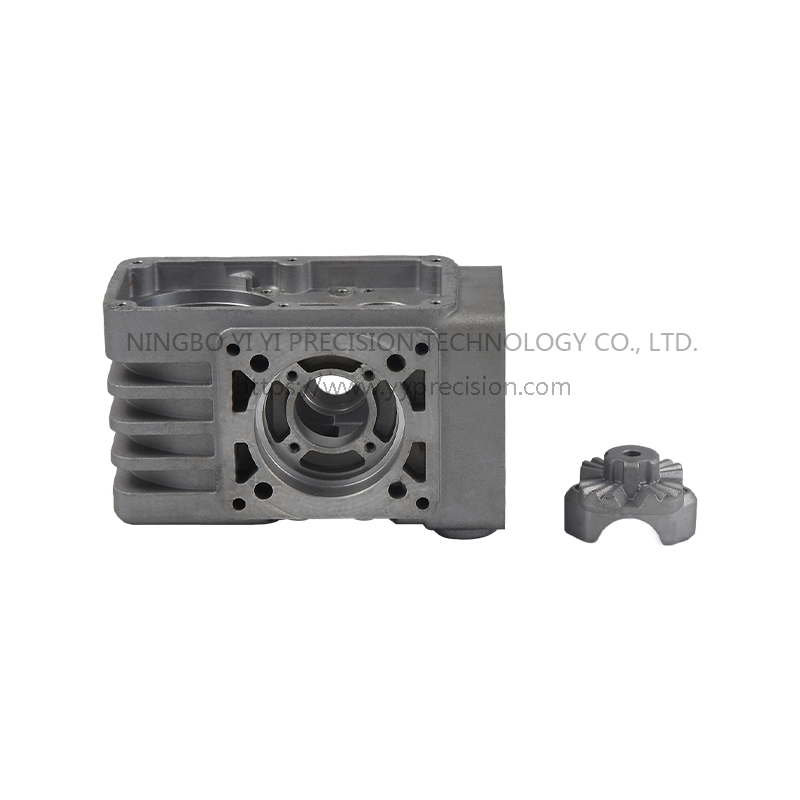Precision die casting parts are a great way to produce highly detailed, accurate components without breaking the bank. In addition to allowing the manufacturer to create highly detailed and complex parts, these castings are also incredibly versatile and can be used for many different applications.
Creating precise castings involves multiple complex processes and an expensive tooling kit that can be time-consuming to implement and requires expert operators to handle it carefully. However, it has become a popular method of manufacturing due to the ability to produce highly accurate parts with minimal post-production requirements.
Design Considerations
A wide range of dimensional characteristics should be taken into account when designing a die cast part. These dimensional aspects can affect molten metal flow and quality, and are critical to achieving the desired part performance.
Wall Thickness
Designs that have fairly even thin wall sections are proportionally stronger than those with thicker section walls. This is because the thinner walls cool more quickly and are less likely to warp on cooling.
Drafts
Whenever possible, drafts should be introduced as early as possible during the design phase to assist molten metal flow and facilitate ejection of the part from the die. These can be incorporated as early as the parting line and can be positioned at various points in the design to best suit the needs of the part.
Holes & Windows
Hole and window configurations play a significant role in determining the strength and accuracy of the component, especially in terms of ejection. In some cases, it is not possible to achieve the desired dimensional consistency if these are not properly configured.
These features must be drafted to enable the molten metal to flow smoothly through them and should be sized to match the dimensions of the hole or window in order to provide adequate support. In addition, it is a good practice to include radii and fillets with ribs (gussets) to aid the flow of the molten metal into these areas.
The size and depth of these features will have a direct effect on the ejection of the part from the die. This is because the molten metal will need to flow up a tall, narrow feature in order to fill it to the maximum extent possible.

Low Cost For Manufacturing Complex Shapes Using Molds, Mainly For Low Load Applications
Material: Zinc Alloy
Weight: 2KG

